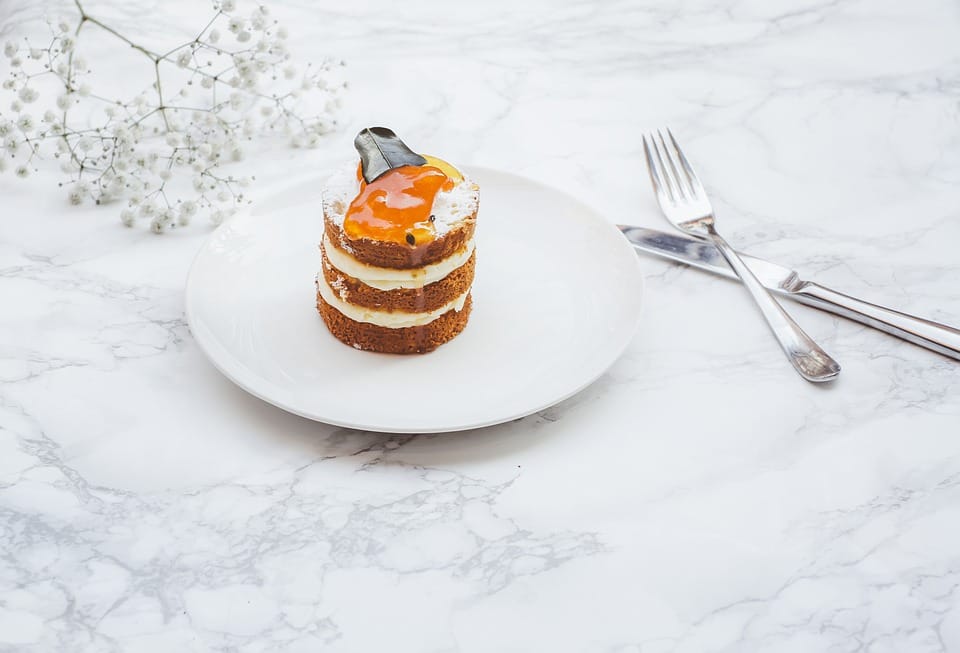The Art of Carving with a Pocket Knife: A Beginner’s Guide
What is Pocket Knife Carving?
Carving with a pocket knife is a traditional art form that has been practiced for centuries. It’s a humble, yet meditative, and extremely rewarding hobby that requires patience, attention to detail, and a willingness to learn. With the right techniques and a good quality pocket knife, you can create beautiful and functional art pieces that will last for generations.
Benefits of Pocket Knife Carving
There are many benefits to pocket knife carving, from improving your hand-eye coordination and fine motor skills to developing your creativity and patience. Here are just a few reasons why you should give it a try:
| Benefit | Description |
|---|---|
| Improved hand-eye coordination | As you work with your pocket knife, you’ll develop your hand-eye coordination and fine motor skills. |
| Enhanced creativity | Pocket knife carving allows you to express your creativity and bring your ideas to life. |
| Patience and focus | The process of carving requires patience and focus, helping you to clear your mind and relax. |
Getting Started with Pocket Knife Carving
If you’re new to pocket knife carving, it’s essential to start with the basics. Here are a few things to consider:
- Choose the right knife: Not all pocket knives are created equal. Look for a good quality knife with a sharp, rust-resistant blade and a comfortable handle.
- Find the right material: You can carve a variety of materials, from wood to antler, but start with something soft, like pine or basswood.
- Learn basic techniques: Watch tutorials, join online forums, or find a local mentor to learn the basics of pocket knife carving.
<h2/feed>Basic Techniques for Pocket Knife Carving
There are several basic techniques you’ll need to master before moving on to more complex projects. Here are a few to get you started:
- Chiseling: Use your knife’s edge to chip away at the material, creating small, even cuts.
- Whittling: Hold the knife at an angle and use the edge to remove small shavings from the material.
- Scribing: Use the point of the knife to create a line or curve in the material.
Common Mistakes to Avoid
Even experienced carvers make mistakes, but by being aware of these common pitfalls, you can avoid them:
- Dulling your knife: Failing to keep your knife sharp can lead to poor performance and accidents.
- Carving too aggressively: Start with small, gentle cuts and gradually work your way through the material.
- Losing focus: Staying focused and patient is essential in pocket knife carving.
Maintaining Your Knife
To keep your knife in top condition, follow these simple steps:
- Clean and oil the blade: Regular cleaning and oiling will keep the blade rust-free and sharp.
- Store your knife properly: Keep your knife in a dry place, away from direct sunlight, and avoid leaving it in the bathroom or near the kitchen sink.
- Sharpen regularly: A sharp knife is a safe knife – and a sharp knife is a happy knife!
Advanced Techniques for Pocket Knife Carving
Once you’ve mastered the basics, you can move on to more complex projects. Here are a few advanced techniques to try:
- Scraping: Use the back of the blade to scrape away small shavings from the material.
- Sculpting: Use the point of the knife to create three-dimensional shapes and designs.
- Texturing: Use the edge of the blade to create textures and patterns in the material.
<h2/Shaping Your Project
Shaping your project is the fun part! Use the techniques you’ve learned to bring your design to life. Here are a few tips to keep in mind:
- Start with a rough outline: Use your knife to create a rough outline of your design, then refine the shape.
- Work from the center out: Start in the center of your project and work your way outwards to avoid mistakes.
- Take your time: Shaping is an iterative process – be patient and don’t rush.
Cleaning and Finishing Your Project
Once you’ve shaped your project, it’s time to clean and finish:
- Sanding and polishing: Use sandpaper and a polishing compound to smooth out your project and remove any scratches.
- Sealing and protecting: Apply a sealant or finish to protect your project from the elements and extend its lifespan.
- Displaying your masterpiece: Show off your hard work and display your finished project proudly!
Frequently Asked Questions
- What’s the best type of knife for pocket knife carving?
A: A good quality, sharp, and rust-resistant knife is essential for pocket knife carving. Look for a knife with a comfortable handle and a blade that can be easily resharpened. - How do I choose the right material for pocket knife carving?
A: Start with soft materials like pine or basswood, then move on to harder woods and antler as you gain experience. - What are some common mistakes to avoid in pocket knife carving?
A: Failing to keep your knife sharp, carving too aggressively, and losing focus are all common mistakes to avoid. - How do I maintain my knife?
A: Clean and oil your blade regularly, store your knife properly, and sharpen it regularly to keep it in top condition. - What are some advanced techniques for pocket knife carving?
A: Scraping, sculpting, and texturing are all advanced techniques worth trying once you’ve mastered the basics.
Conclusion
Pocket knife carving is a timeless art form that requires patience, attention to detail, and a willingness to learn. By following these guidelines, you can create beautiful and functional art pieces that will last for generations. Remember to choose the right knife, find the right material, and learn basic techniques before moving on to more complex projects. With practice and patience, you’ll be carving like a pro in no time. Happy carving!
